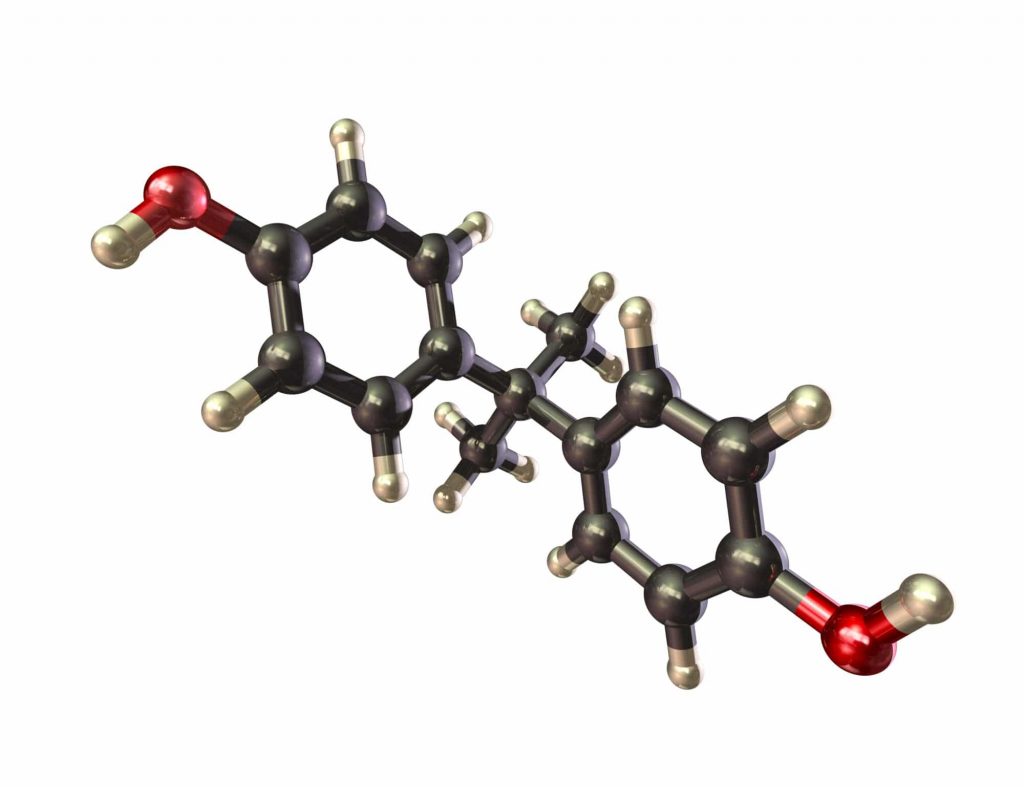Given the level to which plastics, rubbers, and other materials have impacted modern life, it is easy to see the importance of in-depth polymer analysis. By exploring critical parameters like molecular weight (MW), structure, morphology, and thermal characteristics, chemists can develop a deep understanding of the polymeric materials under test to improve the performance of polymers and plastics for specific downstream applications.
In this blog post, Jordi Labs will outline some of the basic techniques used in advanced polymer analysis.
Polymer Analysis and Characterization: Things to Consider

Unlike many other quality assurance and control (QA/QC) procedures for raw materials, polymer analysis is an extremely holistic process. Generally, polymeric materials are comprised of numerous monomers bound together via a series of covalent bonds with a ‘backbone’ of interlinked carbon atoms. The number of monomers linked together in a chain can extend into the hundreds of thousands. Compounding this complexity further is the fact that the underlying polymerization reactions used to synthetically generate polymers and plastics are extremely varied, yielding a correspondingly diverse range of materials.
Consequently, there are many parameters to consider prior to carrying out polymer characterization.
If you would like information about when to implement polymer analysis into your production cycle, read our previous blog post: Exploring the Importance of Polymer Analysis
A selection of the key criteria in advanced polymer analysis includes:
- Absolute/relative MW
- Additive quantitation
- Antioxidant analysis
- Copolymer analysis
- Crosslink density
- Percent of filler
- Pigment concentration
- Residual monomer concentration
Which Techniques are Used in Polymer Analysis?
As the field of polymer and plastics characterization is so vast, there are numerous techniques and methods that may be prescribed to gain a deeper understanding of your raw materials or products.

Mass spectrometry (MS) is the workhorse solution for many of the demands of polymer QA/QC. With an extensive catalog of derivative techniques, it is difficult to hone in on a single method of MS that suits the needs of the plastics industry best. Briefly: MS is an advanced analytical technique used to identify the chemical composition of samples using characteristic spectral fingerprints and to provide quantitation at the percent to parts per billion (ppb) range. It has become essential in polymer analysis due to its flexibility. MS systems can be coupled with myriad other instruments to facilitate a broad range of tests, thus satisfying the dynamic needs of polymer characterization studies. A few examples include:
- Desorption mass spectrometry (DMS)
- Dynamic headspace gas chromatography-mass spectrometry (DHGCMS)
- Gas chromatography-mass spectrometry (GCMS)
Another spectroscopic method commonly relied upon to identify known and unknown compounds is Fourier transform infrared spectroscopy (FTIR). It is one of the first-choice techniques used to identify polymeric materials in terms of a class (polyamide, polyester, etc.).
While spectroscopy is truly central to modern polymer analyses, it cannot provide all the necessary insights for a full-spectrum characterization. There is an enormous range of techniques and solutions available to chemists today, ranging from thermal analysis (i.e. thermal gravimetric analysis) to specific crosslink density determination. To explore some of the more specific techniques used in tailored polymer characterizations today, refer to our dedicated polymer analysis page.
Polymer Analysis with Jordi Labs
Jordi Labs is recognized as one of the foremost experts in the field of polymer analysis. We offer analytical testing services for incoming raw materials, MW determination assistance, and comprehensive product deformulation support. If you would like more information about how we can help you gain a better understanding of your polymeric materials, simply contact a member of the Jordi Labs team today.





